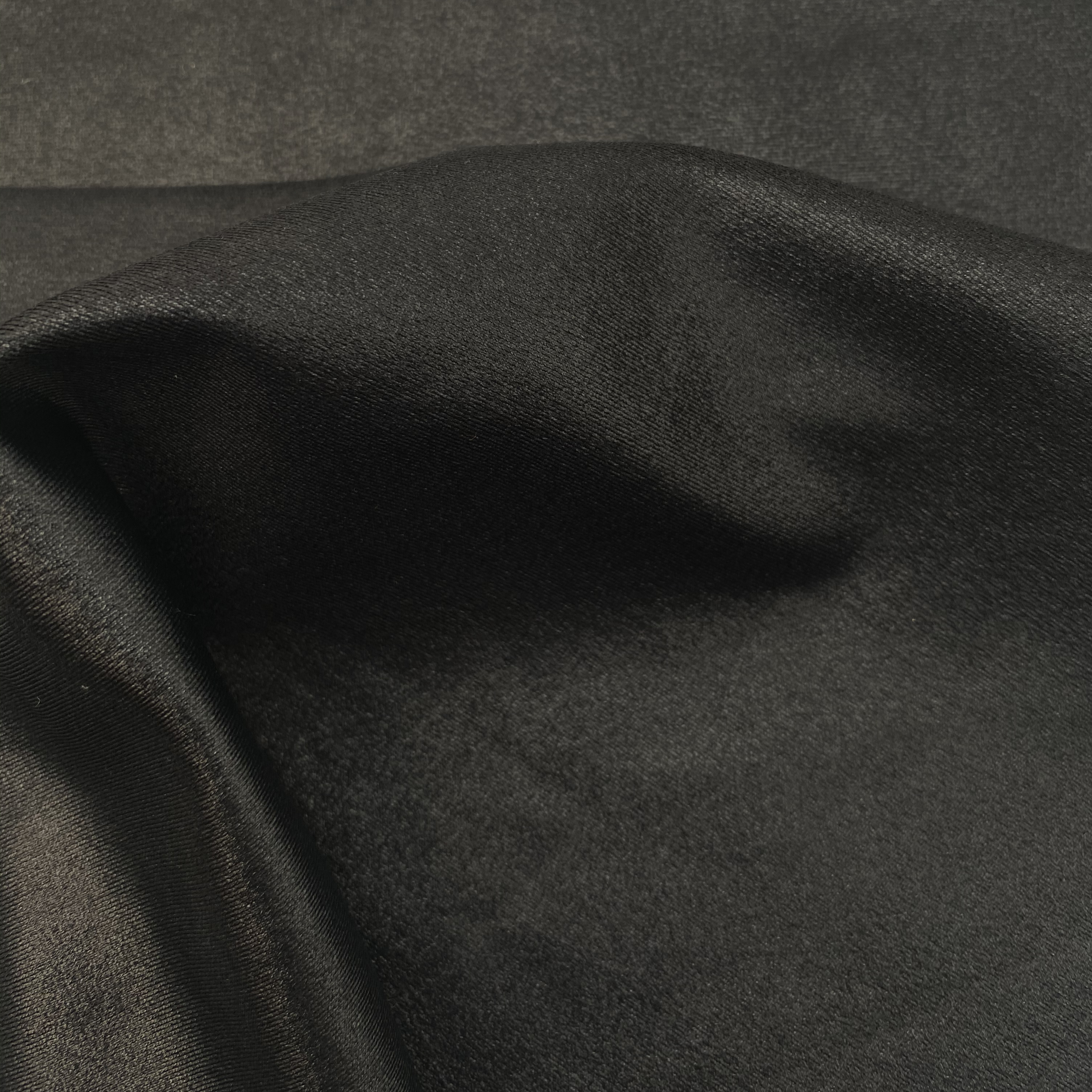1. **UPF Rating:**
- The Ultraviolet Protection Factor (UPF) is a measure of how well a fabric protects the skin from UV radiation. A higher UPF rating indicates greater UV protection. Beachwear polyester fabrics are often tested and assigned a UPF rating to communicate their level of sun protection.
2. **Fabric Construction:**
- The weave or knit structure of the polyester fabric plays a crucial role in UV protection. Tighter weaves or knits with smaller gaps between fibers can block more UV radiation from reaching the skin.
3. **Dye and Pigment Selection:**
- The type of dyes and pigments used in coloring the polyester fabric can impact its UV protection. Certain dyes have inherent UV-blocking properties, adding an extra layer of defense against harmful rays.
4. **Polyester Fiber Type:**
- The specific type of polyester fiber used can influence UV protection. Some polyester fibers may naturally provide better UV resistance, while advancements in fiber technology may introduce UV-blocking additives during the manufacturing process.
5. **UV Absorbers and Reflectors:**
- Manufacturers may incorporate UV-absorbing or reflecting additives into the polyester fabric. These additives help to absorb or reflect UV radiation, preventing it from penetrating the fabric and reaching the skin.
6. **Finishing Treatments:**
- Specialized finishing treatments, such as UV-blocking coatings or treatments, can be applied to the surface of beachwear polyester fabrics. These treatments enhance the fabric's ability to resist UV radiation.
7. **Color Selection:**
- Darker colors generally absorb more UV radiation than lighter colors. Beachwear polyester fabrics in darker shades may inherently provide better UV protection. However, the overall impact of color can also depend on factors like dye type and fabric construction.
8. **Testing and Certification:**
- Rigorous testing and certification processes ensure that beachwear polyester fabrics meet industry standards for UV protection. Manufacturers may use standardized testing methods to verify and communicate the UV protection level of their products.
9. **Durability and Longevity of UV Protection:**
- The ability of the UV protection to withstand wear, washing, and exposure to environmental factors is crucial. A durable UV protection feature ensures that the beachwear retains its effectiveness over time.
10. **Consumer Education:**
- Proper care and maintenance, as well as educating consumers on the importance of following care instructions, contribute to the long-term effectiveness of UV protection in beachwear polyester fabrics.
By considering these factors, manufacturers can produce beachwear polyester fabrics that offer reliable and effective UV protection for consumers enjoying outdoor activities in sunny environments.
 CALENDERING FABRIC YT024
CALENDERING FABRIC YT024
